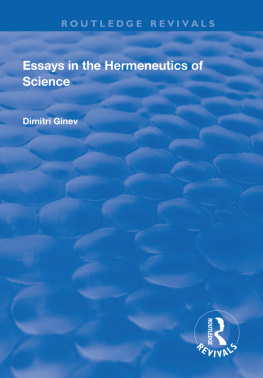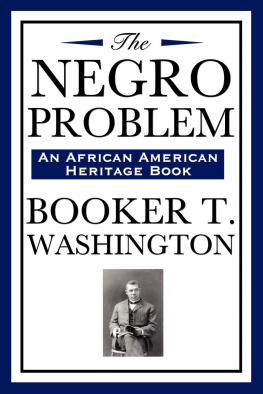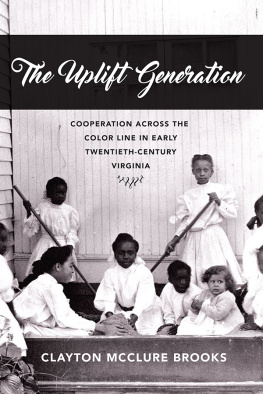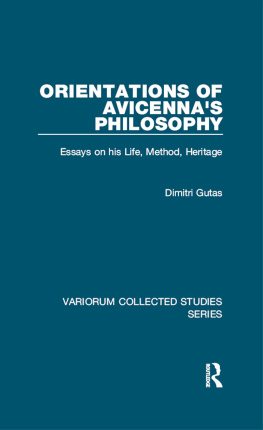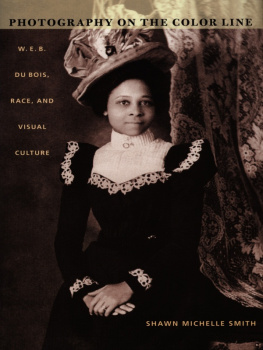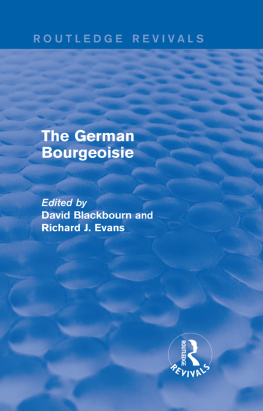Chandler Nahum Dimitri - The problem of the color line at the turn of the twentieth century: the essential early essays
Here you can read online Chandler Nahum Dimitri - The problem of the color line at the turn of the twentieth century: the essential early essays full text of the book (entire story) in english for free. Download pdf and epub, get meaning, cover and reviews about this ebook. City: United States, year: 2015, publisher: Fordham University Press, genre: Religion. Description of the work, (preface) as well as reviews are available. Best literature library LitArk.com created for fans of good reading and offers a wide selection of genres:
Romance novel
Science fiction
Adventure
Detective
Science
History
Home and family
Prose
Art
Politics
Computer
Non-fiction
Religion
Business
Children
Humor
Choose a favorite category and find really read worthwhile books. Enjoy immersion in the world of imagination, feel the emotions of the characters or learn something new for yourself, make an fascinating discovery.

- Book:The problem of the color line at the turn of the twentieth century: the essential early essays
- Author:
- Publisher:Fordham University Press
- Genre:
- Year:2015
- City:United States
- Rating:3 / 5
- Favourites:Add to favourites
- Your mark:
- 60
- 1
- 2
- 3
- 4
- 5
The problem of the color line at the turn of the twentieth century: the essential early essays: summary, description and annotation
We offer to read an annotation, description, summary or preface (depends on what the author of the book "The problem of the color line at the turn of the twentieth century: the essential early essays" wrote himself). If you haven't found the necessary information about the book — write in the comments, we will try to find it.
Chandler Nahum Dimitri: author's other books
Who wrote The problem of the color line at the turn of the twentieth century: the essential early essays? Find out the surname, the name of the author of the book and a list of all author's works by series.
The problem of the color line at the turn of the twentieth century: the essential early essays — read online for free the complete book (whole text) full work
Below is the text of the book, divided by pages. System saving the place of the last page read, allows you to conveniently read the book "The problem of the color line at the turn of the twentieth century: the essential early essays" online for free, without having to search again every time where you left off. Put a bookmark, and you can go to the page where you finished reading at any time.
Font size:
Interval:
Bookmark:
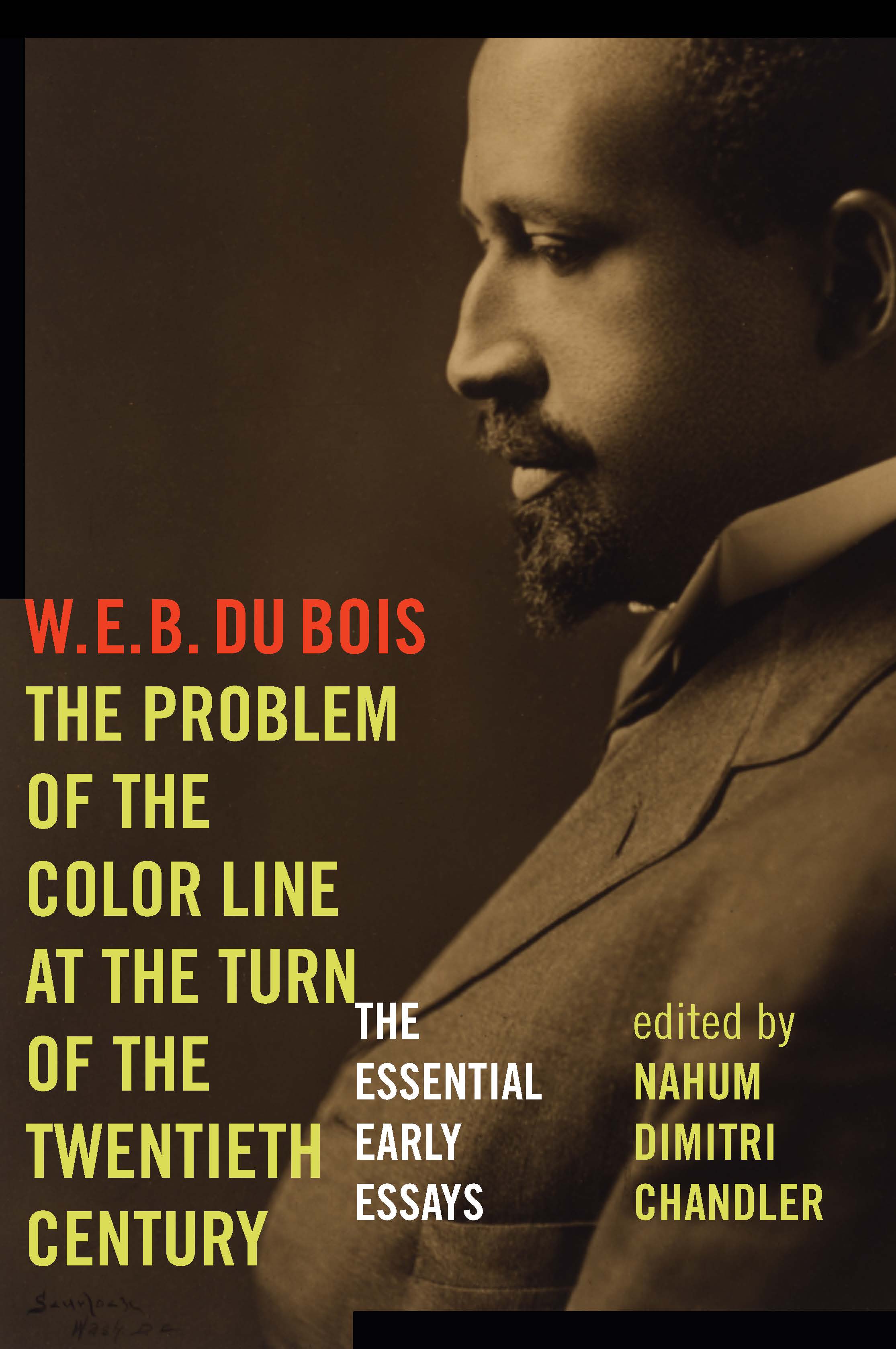

for
Manning Marable
(19502011),
in memoriam
indefatigable fighter
for justice
and
for
Helen Tartar
(19512014)
editor, intellectual, friend
extraordinaire
Contents
INTRODUCTION
TOWARD A NEW HISTORY OF THE CENTURIES
It is perhaps appropriate that within the movement of intellectual generations, the time is ripe to reopen and address anew the terms of our reception of the early work of W. E. B. Du Boisthat giant of the long distance itinerary. In that regard, the central purpose of this collection of essays is quite simple: to make available to contemporary readers in the most lucid manner possible texts that are of essential reference for anyone who seeks a fundamental understanding of the first stage of the intellectual maturation of Du Bois: thinker, writer, scholar, activist, and leader.
To do this, this collection assembles essays by Du Bois from 1894 to early 1906 and a certain important supplementary text. The inception of this period is the moment of Du Boiss return to the United States from two years of graduate level study in Europe at the University of Berlin. At its center is the moment of Du Boiss first full self-reflexive formulation of a sense of vocationas student and scholar in the pursuit of the human sciences (in their still nascent disciplinary organization, or, that is, the institutionalization of a generalized sociology or general ethnology) as they could be brought to bear on the study of the situation of the so-called Negro question in the United States in all of its multiply refracting dimensionsand the years of his most committed and successful practice of that sense of his vocation. The denouement of this time is the moment of the full realization by Du Bois that the deep commitments of value that had brought him to such an orientation of work and intellectual practice, as they had taken shape for him astride the mid-1890s and as they had undergone a deepening and a certain clarification across the subsequent decade, demanded in the most imperative sense that he move beyond the given institutional frames for the practice of that vocation. That is to say, in the latter moment of this time, already beginning in the midst of 1902, one can see in these texts how Du Bois was led by the dynamic and contrapuntal unfolding of his commitments to challenge existing forms of institutionalized hierarchy and paternalismas distilled above all in the remarkable, multiple, and deeply layered leadership of Booker T. Washington, which should be taken here as the mark of a whole organization of power, exploitation, and authority on both a national and international scalein the address of the so-called Negro question such that in its eventuality, by the end of the first decade of the new century, he was forced to leave the academy and reorganize both the basis and (to some extent) the character of his intellectual projection.
The presentation herein of the relevant essays is based on two bedrock editorial principles: the essays are presented whole, that is either as originally published or as found among Du Boiss unpublished writings, without editorial elision by declared or committed intent; and, the essays are presented in a strict chronological manner, according to their date of original publication, or date of composition, to the extent that such can be ascertained in reliable manner.
With regard to chronology, there are two principal reasons for this editorial decision. First, this organization may allow the reader to approach Du Boiss discourse more on the terms of the concerns and commitments that led him in each unfolding moment to propose it in a certain specific manner. Secondly, it allows for a certain readerly sense of the intertextual relation of Du Boiss own statements: that is to say, the emergence and enunciation of Du Boiss engagement with certain fundamental questions, themes, and historical problematics can be indexed according to the relation of the order of presentation that was encoded as Du Boiss own initiative to the demands put to the text(s) by each reader or each reading. Likewise, or rather, in the same breath, the temporal punctuation and formal interrelationship of the variegated styles of Du Boiss discoursefrom the poetic, to the sermonic, to the statistical, to the narratological, to the forms of syllogistic logic, to the essay form in the belles-lettres tradition, and to the learned or scholarlycan perhaps be performatively engaged in a more fulsome way by the reader if his discursive practice is rendered available in chronological form. In general then, this temporal organization of presentation carries within in it a certain resistance to our contemporary approach to these texts, demanding, shall we say, that we simultaneously respect the historicity encoded therein and its ongoing productive opacity for us. For this resistance, by which the limits of Du Boiss discourse in its emergence is announced, is also the registration of that order of historicity which yields the possibility of a fundamental remarking and recognition of the new in thoughtful practice, by way of an unfolding and supple mutual reflexivity of supposed text and proposed reader.
There are of course possible exceptions, of two sorts, to my application of the chronological principle in presenting this collection. (1) An incomplete document written in Berlin on the occasion of Du Boiss twenty-fifth birthday in 1893, well known among scholars of his work, in which he addresses in self-reflection the question of his future and his vocation, may be placed as an appendix to his key text of circa 189495, The Afro-American, the latter published here for the first time in a collection of Du Boiss work, written upon his return to the United States and at the inception of his professional career as a teacher and scholar. (2) Several texts that I have adjudged at a scholastic level as entailing exceptional relevance for contemporary efforts to remark the itinerary of Du Boiss thought in these yearsthat is, two excerpts from The Philadelphia Negro , and several other texts, some fragmentary and incomplete, could serve as appendixes to key essays, to which they are related by direct reference on Du Boiss part, by more or less direct common formulation of terms (linguistic but in an epistemological or theoretical sense), or give reference that might be understood as reciprocal to a common situation which most likely led to the production, respectively, of each text (for example, in one case, sociological fieldwork in southern Virginia in the summer of 1897 that shows in both a complete essay and in such key textual fragments). Yet, these texts are only referencednot identifiedherein.
It must be noted too that most previous collections of Du Boiss writings, especially those that include any of the earliest essays, have been organized by a commitment to represent Du Boiss writings in textual form first according to a theme or several themes; and, in addition, often the writings are heavily edited and presented in partial form. Such an approach by its mode of presentation places the editors judgment of the theoretical organization and movement of Du Boiss discourse in any given text as of epistemological priority in relation to the theoretical order of presentation given to it by Du Bois upon its first announcement. While a quite legitimate organization of premise can certainly be adduced for such an approach, its ubiquity in the presentation of the discourse of Du Bois suggests a certain order of problem in our critical relation to his thought. Even if only in a formal sense, an organization of presentation, we summarize or paraphrase first. Only then do we propose to work out our reading of his workmoving already from this basis in paraphrase. It usually means that the critic has already determined for themselves the fulsomeness of the possible meaning or horizon of meaning for Du Boiss discourse in the given instance. Hence, it can simply be taken as and presented as a representation of that assumed meaning or horizon of valueof a position in disciplinary discourse, of political claim or stake, of an already closed ideological debate or war of position. Yet, my concern is not with reproach. Quite simply, instead, another approach seems necessary and appositesome way to allow the dynamic historicity of the production of Du Boiss discourse to remain at stake for the reader of our times and perhaps of others to come.
Font size:
Interval:
Bookmark:
Similar books «The problem of the color line at the turn of the twentieth century: the essential early essays»
Look at similar books to The problem of the color line at the turn of the twentieth century: the essential early essays. We have selected literature similar in name and meaning in the hope of providing readers with more options to find new, interesting, not yet read works.
Discussion, reviews of the book The problem of the color line at the turn of the twentieth century: the essential early essays and just readers' own opinions. Leave your comments, write what you think about the work, its meaning or the main characters. Specify what exactly you liked and what you didn't like, and why you think so.

